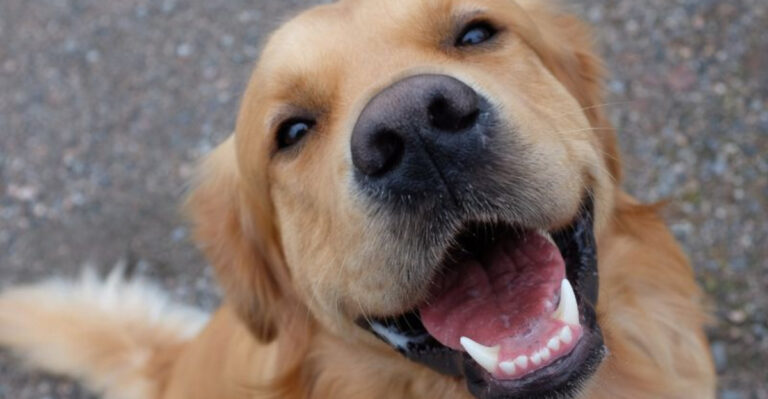18 Essential Tips To Protect Your Dog From Theft And Keep Them Safe
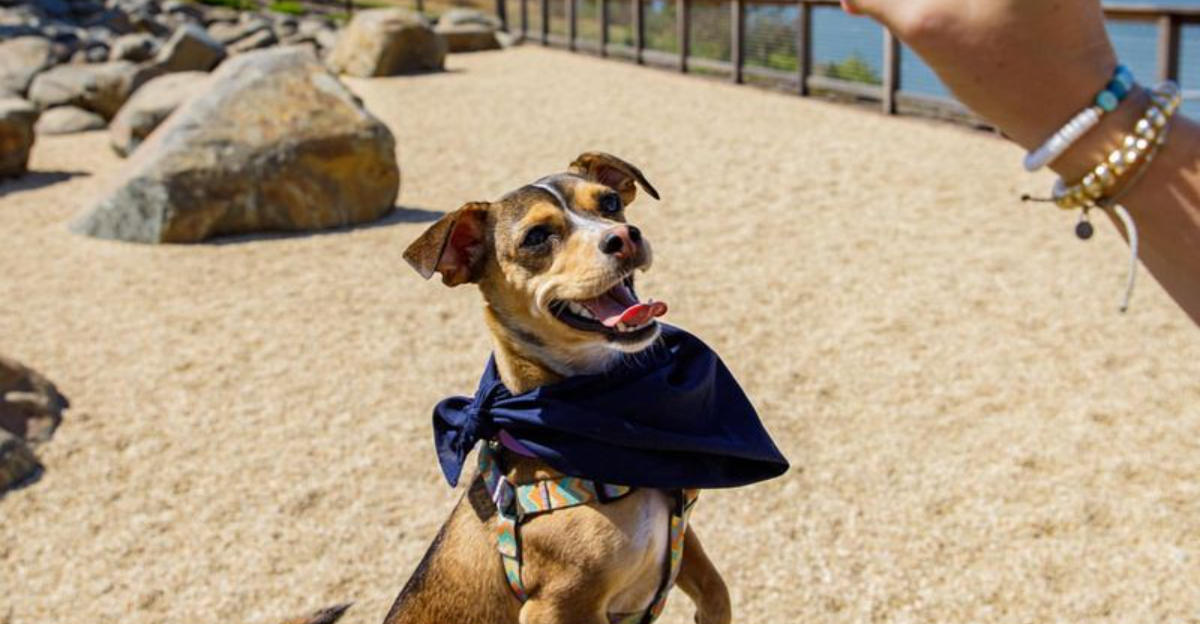
Your dog is more than just a pet—they’re a beloved member of the family. Unfortunately, dog theft is a very real threat, and it can happen faster than you’d think.
Whether you’re at home, out for a walk, or on the road, taking proactive steps can make all the difference in keeping your furry friend safe. From microchipping to security systems, these smart, practical tips will help you protect your dog and give you peace of mind every step of the way.
1. Microchip Your Dog
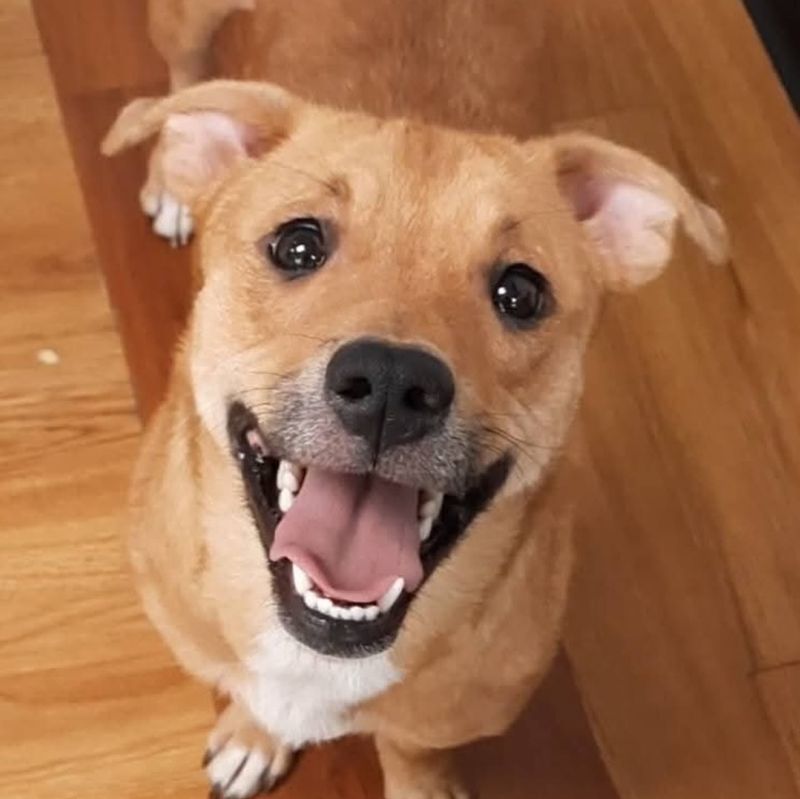
A microchip is one of the most reliable tools for reuniting lost or stolen dogs with their owners.
This tiny device, implanted under the skin, contains your contact information and can be scanned by shelters or vets. Just be sure to keep your info up to date.
2. Use A Secure Collar And Tag
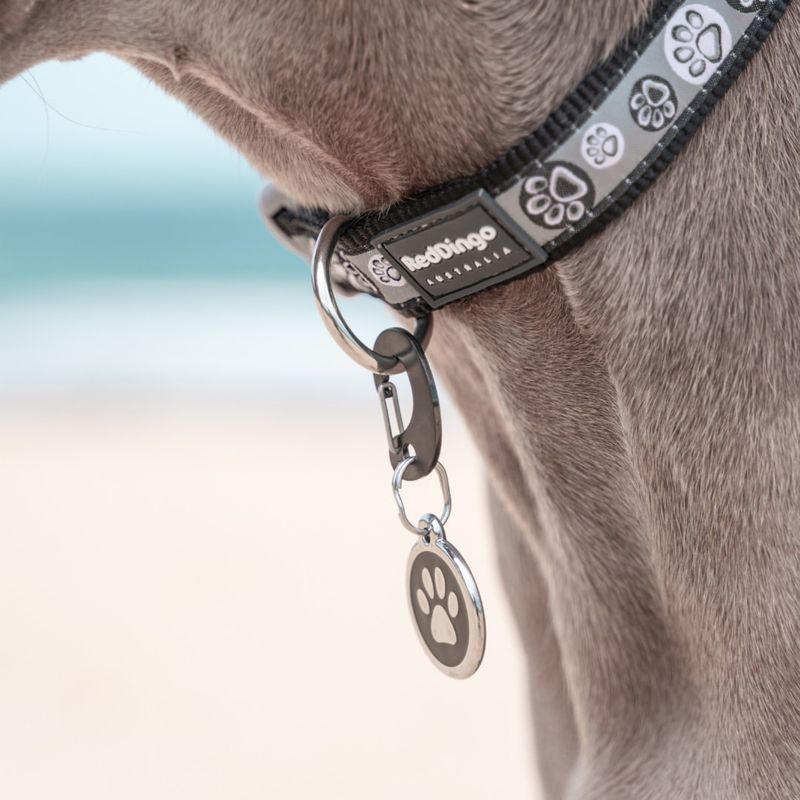
Choose a sturdy collar with an ID tag that includes your phone number.
Make sure it fits snugly—not too loose to slip off, and not too tight to cause discomfort. Tags are often the first clue for someone trying to help a lost pet.
3. Keep Your Dog On A Leash
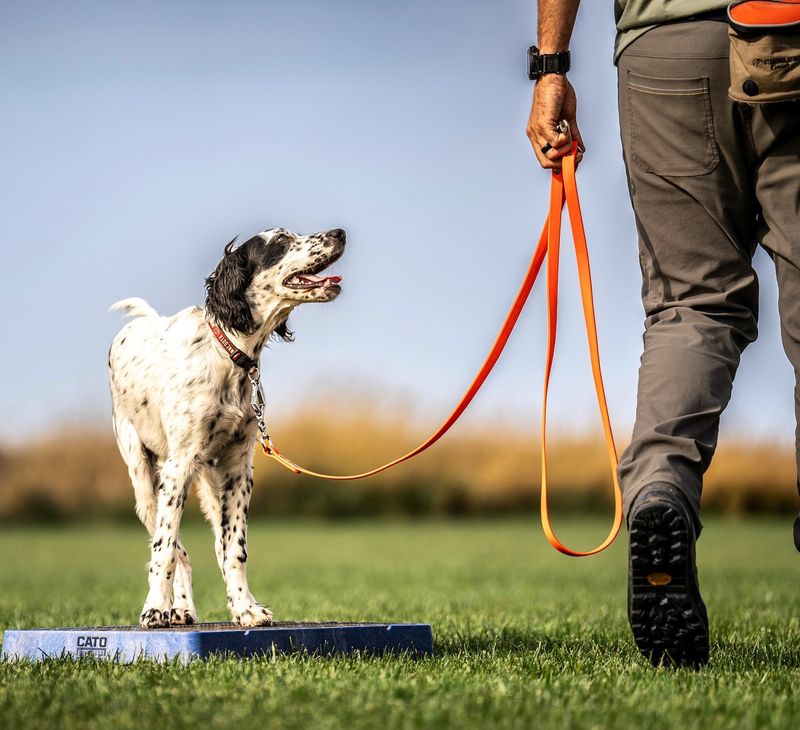
Never underestimate the value of a leash, even if your dog is well-behaved.
It prevents wandering and makes your pet less vulnerable to theft or accidents. Leashed dogs are far less likely to become targets for dognappers.
4. Supervise Outdoor Playtime
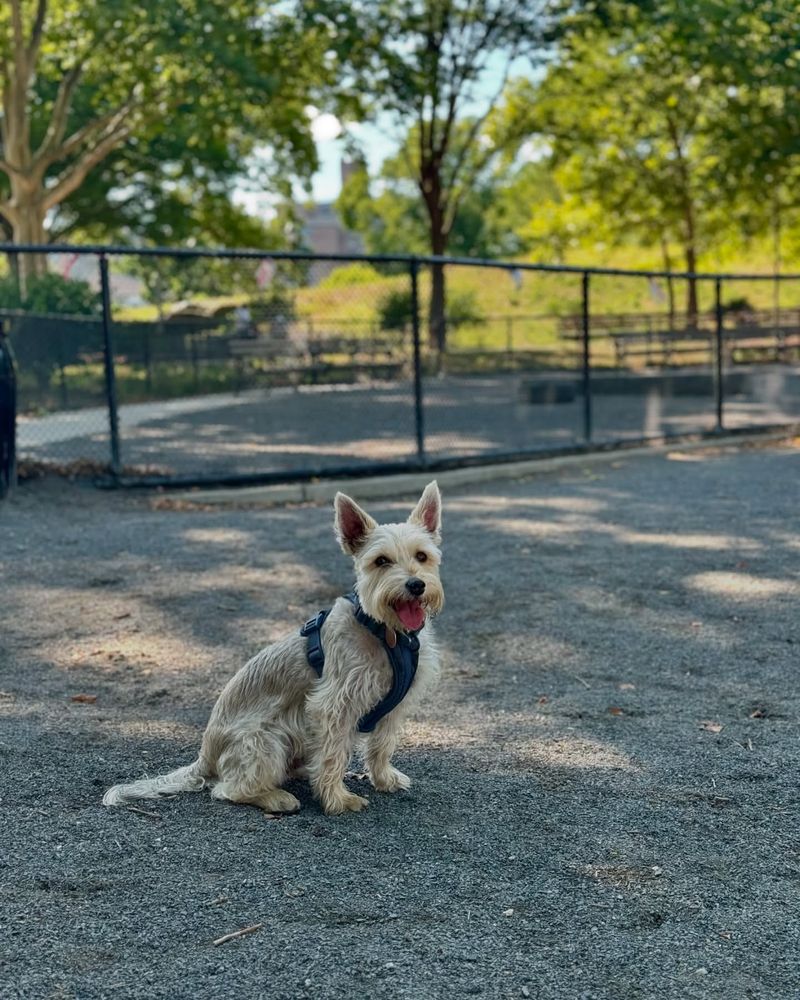
Letting your dog play outside is great—but never unsupervised.
Even fenced yards can’t guarantee safety from someone determined to snatch a dog. Always keep an eye on them, especially in open or unfenced areas.
5. Avoid Leaving Your Dog Unattended In Public
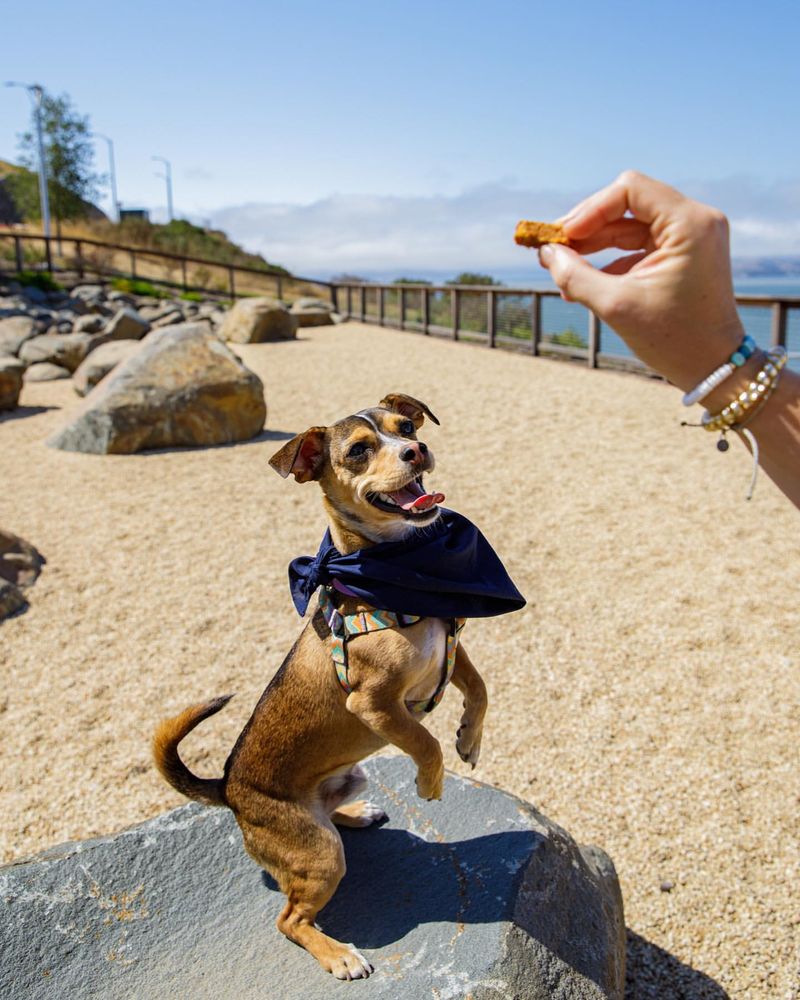
Tying your dog outside a store or leaving them alone in a public space creates an easy opportunity for thieves. Even quick stops can lead to disaster. Take your dog with you or leave them safely at home.
6. Train Your Dog To Respond To Commands
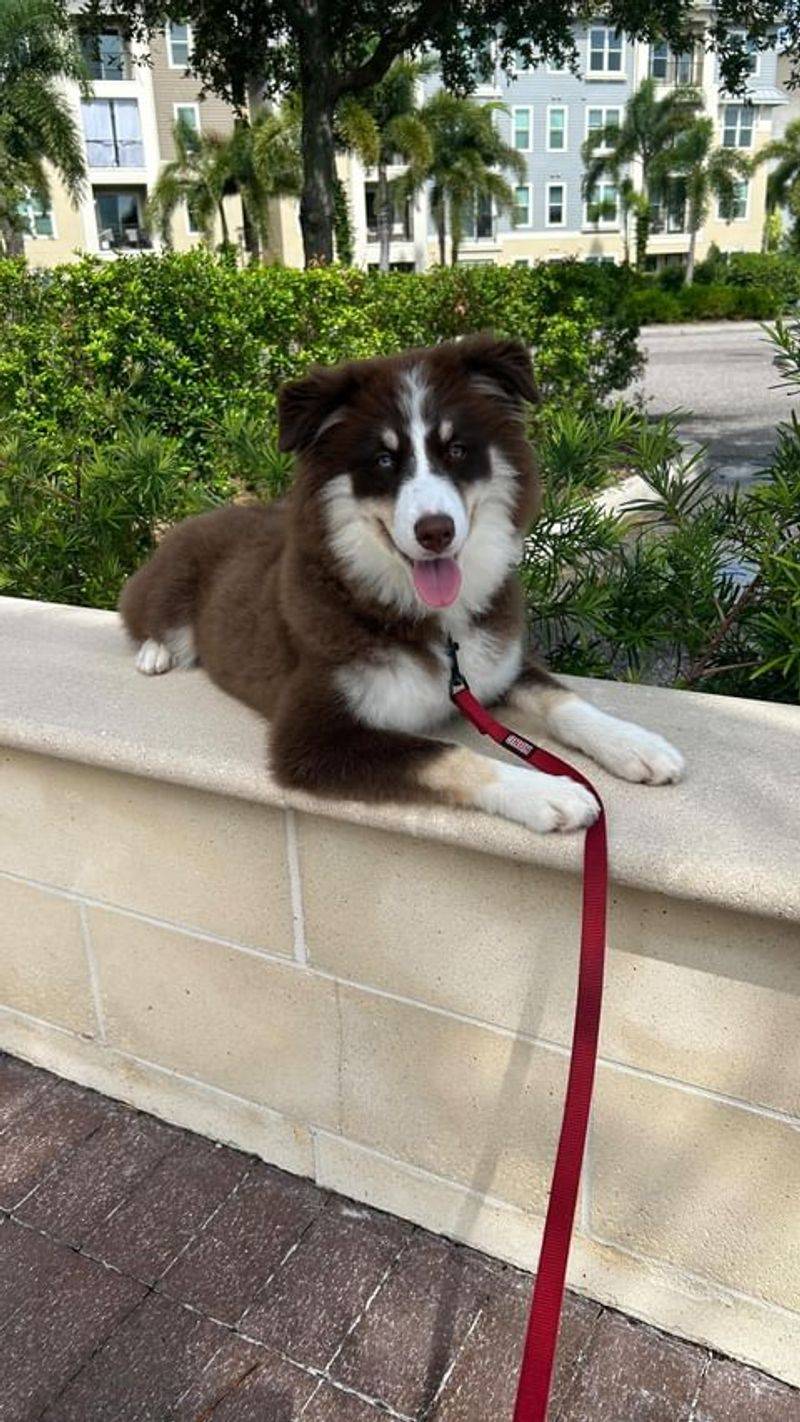
A dog that reliably responds to commands like “come,” “stay,” or “leave it” is easier to control in unpredictable situations. Training builds trust and gives you the tools to keep them out of harm’s way.
7. Use A Secure Yard Or Enclosure
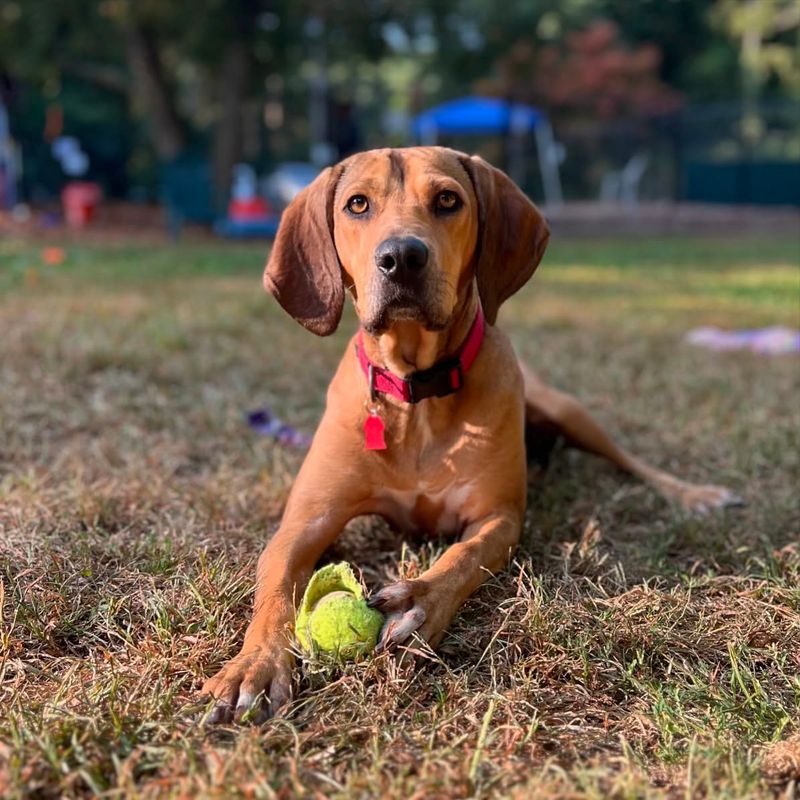
Make sure fences are tall enough and gates have locks or latches that can’t be easily opened. Dognappers have been known to enter yards to steal pets. A secure enclosure reduces the risk significantly.
8. Be Cautious Of Strangers Interested In Your Dog
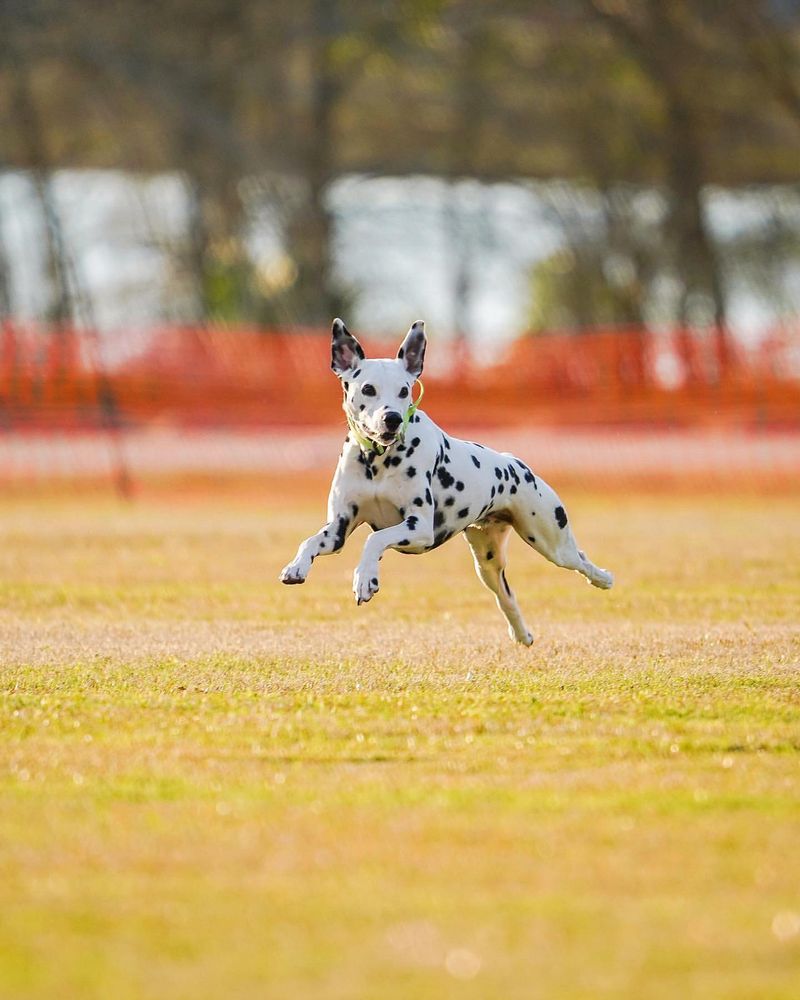
While it’s natural for people to admire your pet, be wary of overly inquisitive strangers asking detailed questions.
Never share your address or routine with someone you don’t trust. Trust your gut and keep interactions brief.
9. Participate In A Dog Walking Group
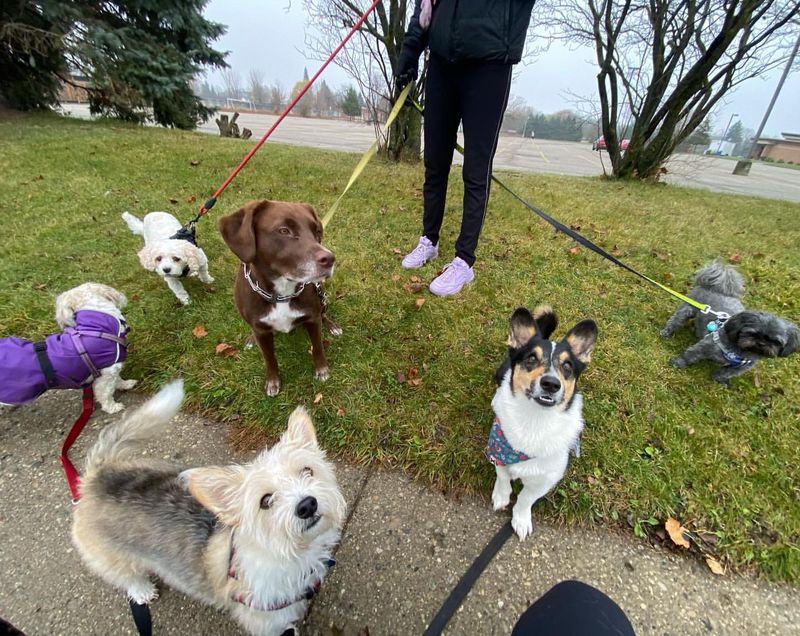
Walking with others provides safety in numbers and discourages unwanted attention.
Thieves are far less likely to approach a dog when it’s with a group. Plus, it’s a great way to build community and socialize your dog.
10. Keep Your Dog Indoors When You’re Not Home
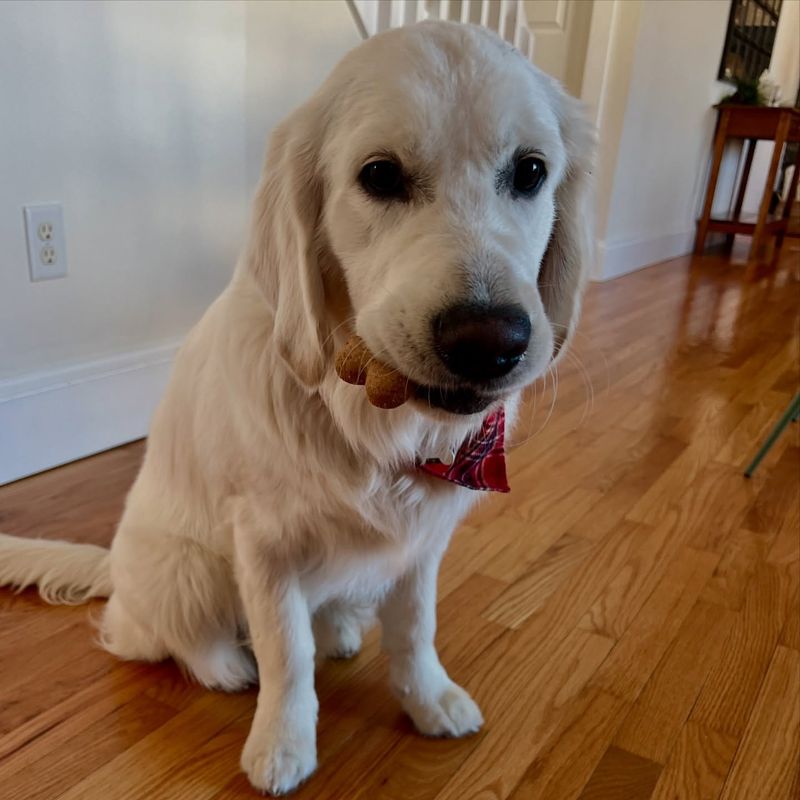
Leaving your dog outside while you’re away makes them vulnerable to theft. Bring them indoors where they’re safer and less visible. If they must be outside for a bit, ensure it’s in a locked, secure space.
11. Secure Your Home With Locks And Alarms
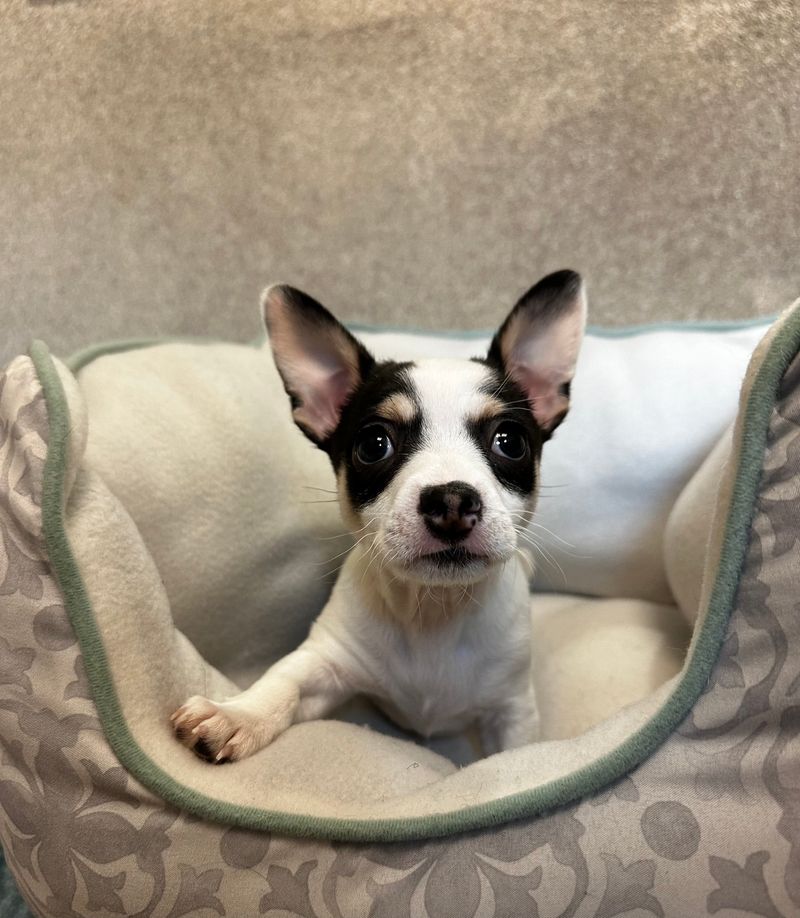
Install quality locks, security cameras, or alarm systems to protect your home—and your dog.
Some pet-focused devices even let you monitor your pup while you’re away. It adds a layer of protection and peace of mind.
12. Avoid Walking Your Dog In Dark Or Isolated Areas
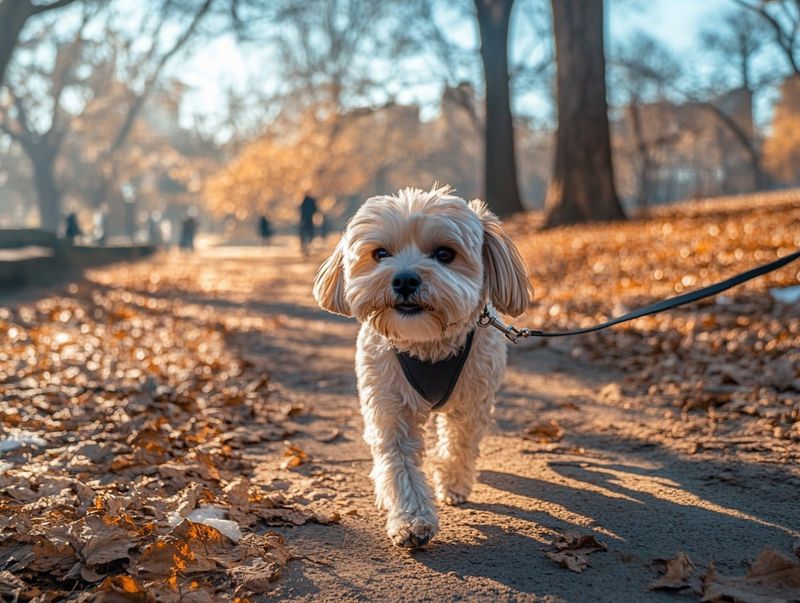
Stick to well-lit, populated paths during walks, especially at night. Isolation can make you and your dog an easier target. Staying visible and within public view is an easy way to boost safety.
13. Use A Dog-Friendly Car Restraint System
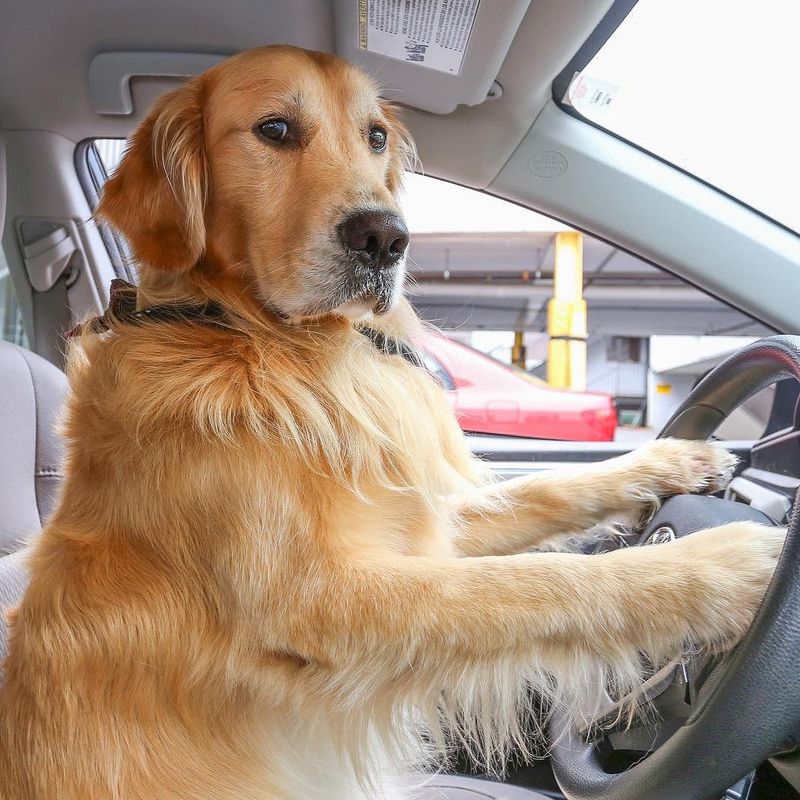
Crates, harnesses, or car seats not only protect your dog during travel but prevent them from wandering out of the vehicle if doors are opened. It also deters theft when you’re momentarily distracted.
14. Regularly Change Walking Routes And Times
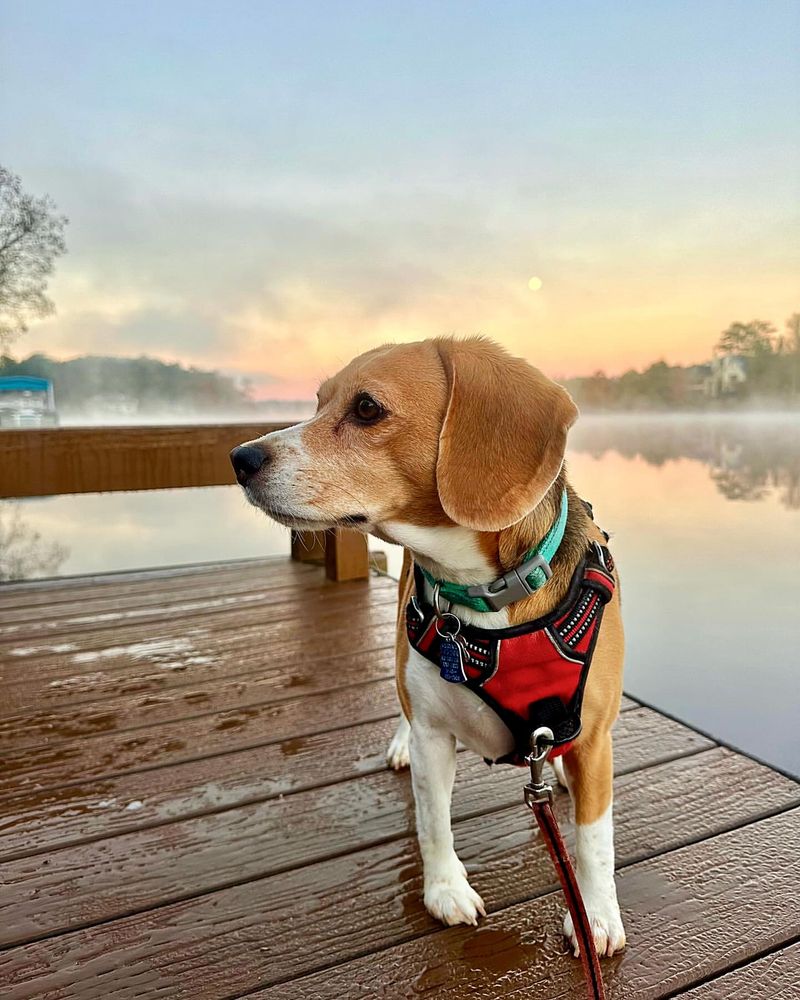
Routines are helpful—but can also be predictable to someone watching. Varying your walking paths and schedule makes it harder for potential thieves to track patterns. Spontaneity adds an extra layer of security.
15. Utilize Dog-Friendly Surveillance Cameras
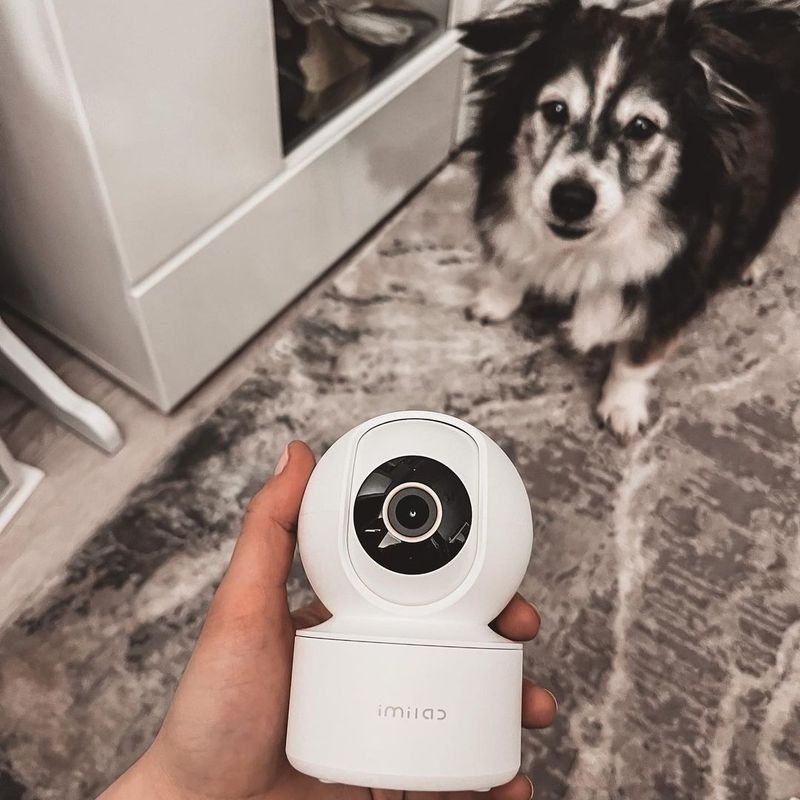
Pet cameras allow you to keep tabs on your dog and your property.
Many include motion detection and alerts you can monitor from your phone. It’s a smart investment, especially for pet parents with outdoor spaces.
16. Avoid Leaving Your Dog In The Car
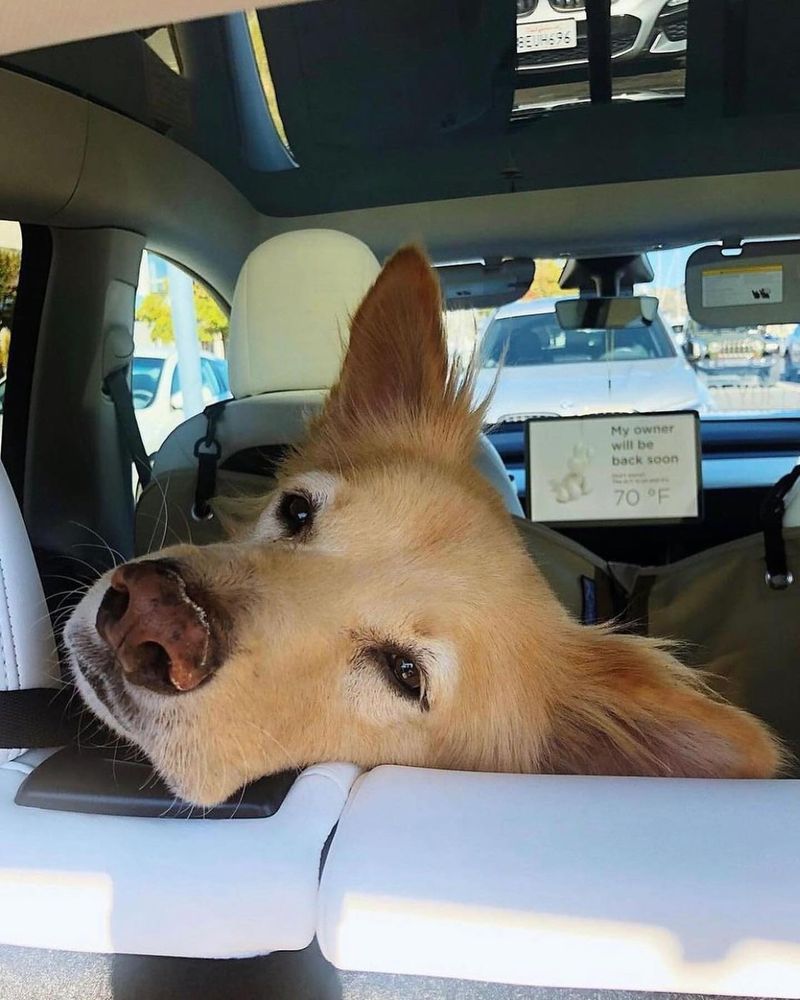
Even if the doors are locked and the windows are cracked, it only takes seconds for someone to break in. On top of the theft risk, heat or cold can be deadly. It’s best to leave them at home if they can’t join you inside.
17. Engrave Your Phone Number On Your Dog’s Collar
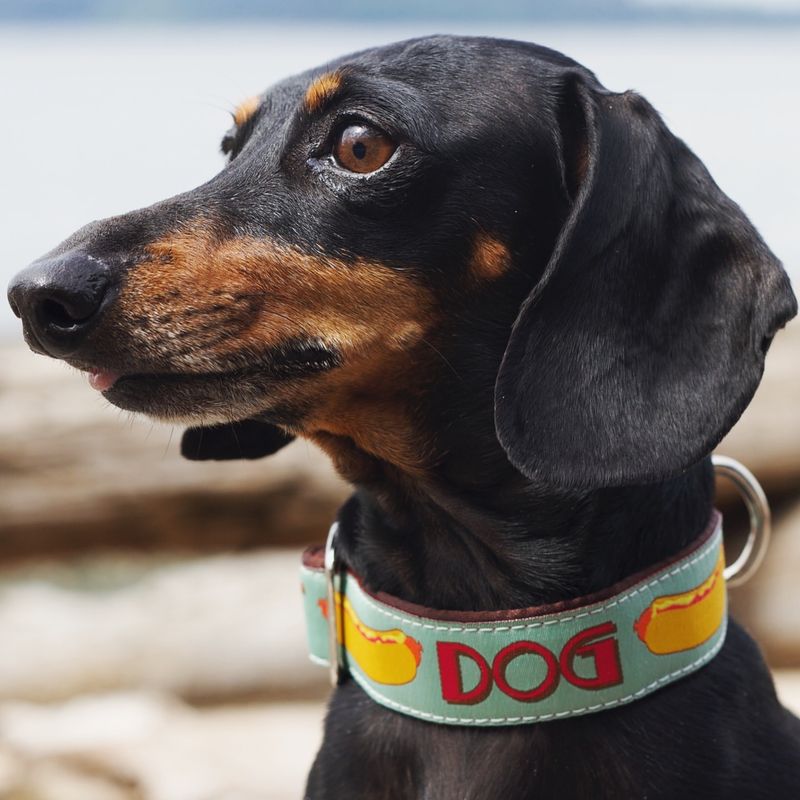
A clearly visible phone number helps strangers return your dog directly, without needing a vet or shelter to scan a chip. It’s a quick and effective backup if your pet gets loose. Make sure it’s legible and doesn’t wear off.
18. Introduce Your Dog To Friends And Neighbors

Letting your community know your dog creates a network of people who can spot if something’s off. If your dog ever goes missing, having familiar faces who know your pet increases your chances of getting them back.






